The beginning cycle of winemaking is about to start in the northern hemisphere: the grape harvest. Otherwise just called “harvest” or “crush” by those directly impacted by it.
What does this part in the winemaking cycle mean from a compliance viewpoint? This is where all the records of a wine’s life begin which include many of the details often referred to later at that final chapter, the wine label and marketing materials.
There are plenty of details to keep track of in your compliance records around harvest, many of which are not only required but are also of definite interest to wineries for business tracking purposes.
In the spirit of wanting all wineries to have a successful relationship with their harvest compliance here’s my Top 5 Tip list for making sure you’re prepared to capture and access your harvest data:
1. Know all your fruit sources.
Do you know all the specific details on all the fruit deliveries you will be receiving? Some of these include: Name of the vineyard & block & tonnages to expect, exact physical address for identifying it down to the narrowest appellation possible, all price details and who is purchasing the fruit. (Sub-Tip: All of this needs to be summarized in electronic form ahead of time)
2. Document the details.
Once a load of fruit arrives at your winery are your document systems in place to track everything you need and want to know about it? Does your weigh tag form contain both the required fields (per state regulations) as well as fields for items you as a winery want to know or may need to document about your fruit sources? For example- if you often like to include the specific vineyard name on your wine labels you’ll need to be including that name on each weigh tag for that fruit that became a part of that wine blend. (TTB requirement)
3. Organize for easiest reference.
Knowing all about the fruit you receive and documenting it all on your weigh tags is great but if you don’t have a system (preferably electronic) to maintain all that data, your efforts fall off the deep end. Whether you use a basic level of documenting such as a spreadsheet or the more advanced version of a database this part is essential to your long term success.
4. Make it user friendly.
The winery staff who are maintaining your harvest data are not the only ones who have an interest in it. Everyone from a winery owner, winemaker, vineyard manager, individual growers, controllers or CFOs and cellar crew are interested in the harvest details that live in compliance records. Making step # 3 as user friendly as possible means that anyone who is interested in this data has some form of access to it and can easily locate the information they want. Taking into consideration what details about your harvest data that everyone at your winery wants to know will guide you in setting up whatever version of Step # 3 you are using.
5. One version, one version only.
There can be nothing more frustrating than not trusting your numbers. For harvest compliance numbers one example is having two different tonnage amounts for the same grape delivery load. (This might come from a non-official weight on a field tag vs. the official weigh tag of that fruit at the winery) Decide what source and set of numbers are THE harvest numbers and use only those for both your on site business tracking and for the required regulatory reporting purposes. More than one set of numbers only confuses things and the less of that in compliance the better!
Harvest is one of the most exciting times in the winemaking cycle. It has a distinct energy to it that adds a unique appealing quality to both insiders and outsiders.
And it has no shortage of numbers that lots of people want to know about!
So here’s to all of you who are the keepers of those harvest numbers- and here’s to making keeping track of them all a simpler and more satisfying process.
As always, if you have any questions on my tips above and how to best implement them please either leave a comment below or reach out to me via email: ann@winecompliancealliance.com
